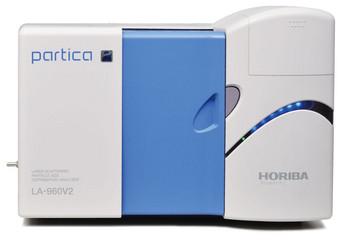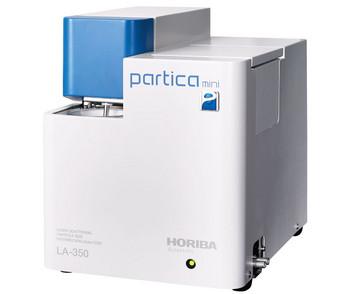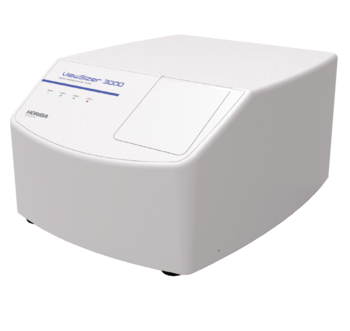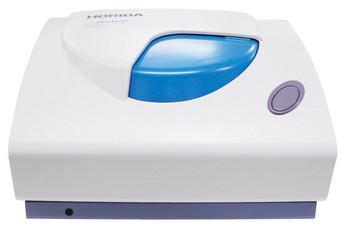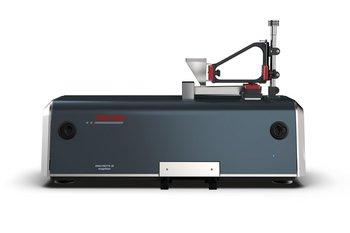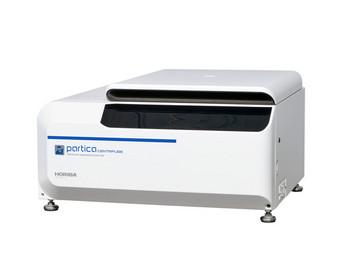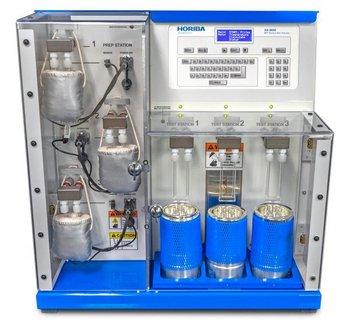
Particle characterization analyzers have found uses in quality control, process material evaluation, and research and development for dozens of applications.
Browse the applications below for further information and to download the respective application notes.
For a searchable database of particle applications,
Click Here.
For a simple, text-only particle applications list,
Click Here.

Building Materials - Measuring and controlling the particle size distribution of building materials is important both in order to achieve the desired product performance and to control manufacturing costs.

Ceramics and Electronics - Depending on the application, particle size can effect densification, transport and mechanical properties. Particle size distribution has profound effects on the processing and function of these products.

Energy - In hydraulic fracturing, the proppant size, shape, and mechanical strength influences the integrity of the newly created fractures, and therefore the flow of oil and gas out of the well.

Food and Beverage - The size distribution of the particulates in many food products can affect the taste, appearance, stability, processability, and functionality of the final product.

Health and Beauty - Quantitative particle size, particle shape, and zeta potential analysis provides information that has either a direct effect or correlation to issues such as bioavailability, solubility, formulation stability, and quality control.

Mining, Minerals, and Metals - Extracting useful minerals is an arduous and demanding process. Particles must be separated to concentrate the mineral product. Dynamic image analysis and laser diffraction simplify this process.

Paper Products - Paper is manufactured from wood fiber slurries, fillers, sizing agents, and coatings. The particle size distribution of these materials directly affects properties such as gloss, brightness, opacity, color bleed, ink mileage, and more.

Pharmaceuticals and Biotechnology - Particle size analysis is an integral component of the effort to formulate and manufacture many pharmaceutical dosage forms. The size, distribution and shape of the particles can affect bulk properties, product performance, processability, stability and appearance of the end product.
- Drug Delivery
- Pharmaceuticals
- Pharmaceutical Aerosols
- Proteins
- Protein Aggregation
- Particle Size Reduction
- Vaccine Manufacturing and Development
- Viruses and Virus-like Particles

Polymers and Plastics - Measuring the particle size distribution of polymeric materials provides a high degree of control over a range of product performance characteristics.

Specialty Chemicals - The particle size distribution of these materials determine appearance, quality, functionality and processability. These samples cover an extremely broad range of size distributions.

Water Treatment - Safety and aesthetics dictate that all water be essentially free of suspended matter. If particle impurities can be made to aggregate, the settling process is shorter and therefore the treatment operation is faster and less expensive.

Nanoparticles - Materials reduced to the nanoscale can show different properties compared to what they exhibit on a macroscale, enabling unique applications.
